Western Bloc
The Western Bloc, also known as the Capitalist Bloc, is an informal, collective term for countries that were officially allied with the United States during the Cold War of 1947–1991. While the NATO member states, in Western Europe and Northern America, were pivotal to the bloc, it included many other countries, in the broader Asia-Pacific region, the Middle East, Latin America, and Africa with histories of anti-Soviet, anti-communist and, in some cases anti-socialist, ideologies and policies. As such, the bloc was opposed to the political systems and foreign policies of communist countries, which were centered on the Soviet Union, other members of the Warsaw Pact, and usually the People's Republic of China. The name "Western Bloc" emerged in response to and as the antithesis of its Communist counterpart, the Eastern Bloc. Throughout the Cold War, the governments and the Western media were more inclined to refer to themselves as the "Free World" or the "First World", whereas the Eastern bloc was often referred to as the "Communist World" or less commonly the "Second World".

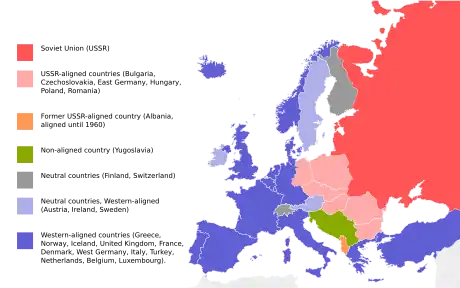
1947–1991 Western Bloc associations
NATO
.svg.png.webp) Belgium*
Belgium*.svg.png.webp) Canada*
Canada* Denmark*
Denmark* France*
France* West Germany (1955–1990)
West Germany (1955–1990) Greece (from 1952)
Greece (from 1952) Iceland*
Iceland* Italy*
Italy* Luxembourg*
Luxembourg* Netherlands*
Netherlands* Norway*
Norway* Portugal*
Portugal* Spain (from 1982)
Spain (from 1982) Turkey (from 1952)
Turkey (from 1952) United Kingdom*
United Kingdom* United States*
United States*
* Indicates founding member state
Anti-Soviet communist or socialist states (until 1989)
 China (from 1978)
China (from 1978)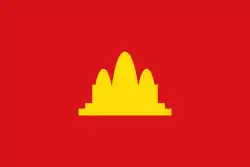 Democratic Kampuchea (from 1978)
Democratic Kampuchea (from 1978)
 Coalition Government of Democratic Kampuchea (from 1982)
Coalition Government of Democratic Kampuchea (from 1982)
.svg.png.webp) Socialist Republic of Romania[lower-alpha 1] (from 1964)
Socialist Republic of Romania[lower-alpha 1] (from 1964).svg.png.webp) Socialist Federal Republic of Yugoslavia (from 1948)
Socialist Federal Republic of Yugoslavia (from 1948)
METO, Baghdad Pact, CENTO (until 1979)
 Pahlavi Iran (until 1979)
Pahlavi Iran (until 1979).svg.png.webp) Kingdom of Iraq (until 1958)
Kingdom of Iraq (until 1958) Pakistan (until 1979)
Pakistan (until 1979) Turkey (until 1979)
Turkey (until 1979) United Kingdom (until 1979)
United Kingdom (until 1979)
Rio Treaty
 Argentina
Argentina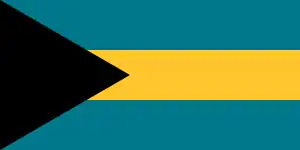 Bahamas (from 1982)
Bahamas (from 1982).svg.png.webp) Bolivia (until 2005)
Bolivia (until 2005) Brazil
Brazil Chile
Chile Colombia
Colombia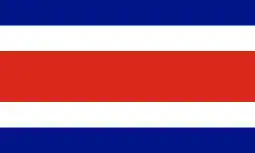 Costa Rica
Costa Rica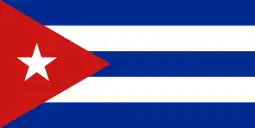 Republic of Cuba (1902–1959) (until 1959)
Republic of Cuba (1902–1959) (until 1959)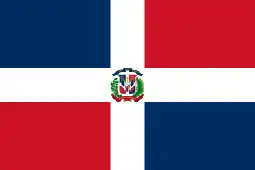 Dominican Republic (until 1990)
Dominican Republic (until 1990)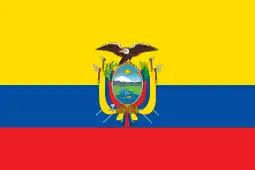 Ecuador (until 2012)
Ecuador (until 2012)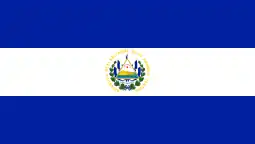 El Salvador
El Salvador Guatemala
Guatemala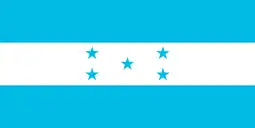 Honduras
Honduras Mexico
Mexico Nicaragua (until 1979)
Nicaragua (until 1979) Panama
Panama Paraguay
Paraguay Peru
Peru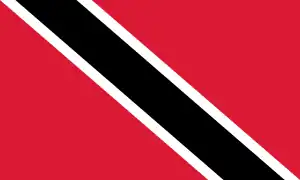 Trinidad and Tobago (from 1967)
Trinidad and Tobago (from 1967) United States
United States Uruguay
Uruguay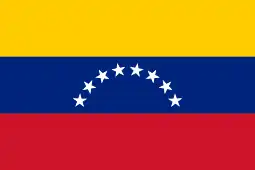 Venezuela (until 1999, rejoined 2019 by Juan Guaidó)
Venezuela (until 1999, rejoined 2019 by Juan Guaidó)
SEATO
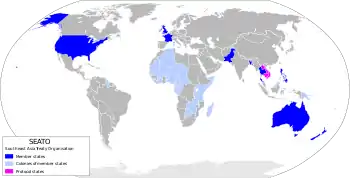
.svg.png.webp) Australia
Australia Kingdom of Cambodia (1953–1970) (until 1956)
Kingdom of Cambodia (1953–1970) (until 1956)
 Khmer Republic (1970–1975)
Khmer Republic (1970–1975)
 France
France.svg.png.webp) Kingdom of Laos (until 1975)
Kingdom of Laos (until 1975) New Zealand
New Zealand Pakistan
Pakistan Philippines
Philippines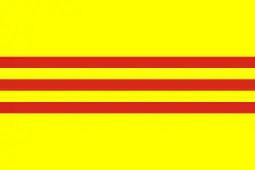 South Vietnam (until 1975)
South Vietnam (until 1975) Thailand
Thailand United Kingdom
United Kingdom United States
United States
Middle East/North Africa Region
.svg.png.webp) Islamic Republic of Afghanistan (2001–2021)
Islamic Republic of Afghanistan (2001–2021)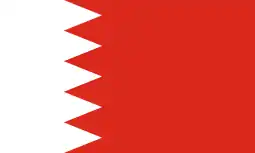 Bahrain
Bahrain Egypt (from 1979)
Egypt (from 1979) Pahlavi Iran (until 1979)
Pahlavi Iran (until 1979).svg.png.webp) Ba'athist Iraq (until 1990)
Ba'athist Iraq (until 1990) Israel
Israel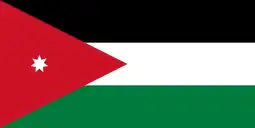 Jordan
Jordan Kuwait
Kuwait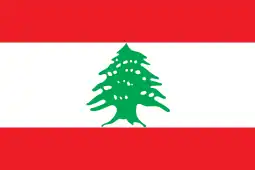 Lebanon
Lebanon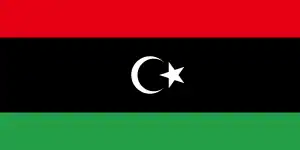 Libya (before 1969, from 2011)
Libya (before 1969, from 2011) Morocco
Morocco Oman
Oman Qatar
Qatar Saudi Arabia
Saudi Arabia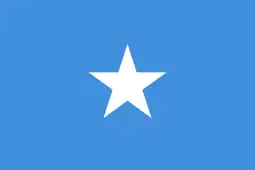 Somalia (from 1977)
Somalia (from 1977) Sudan (1971-1985, 2019–2021)
Sudan (1971-1985, 2019–2021) Syrian opposition
Syrian opposition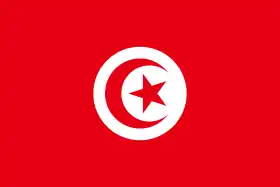 Tunisia
Tunisia Turkey (until 2009)
Turkey (until 2009) United Arab Emirates
United Arab Emirates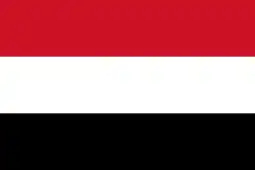 Yemen (Hadi government)
Yemen (Hadi government)
 Yemen Arab Republic (1962–1990)
Yemen Arab Republic (1962–1990)
Asia, Southeast Asian, and Oceania Partners
 Japan
Japan South Korea
South Korea Taiwan
Taiwan.svg.png.webp) Australia
Australia New Zealand
New Zealand India
India Pakistan
Pakistan Bhutan
Bhutan Indonesia
Indonesia Philippines
Philippines Thailand
Thailand Malaysia
Malaysia Singapore
Singapore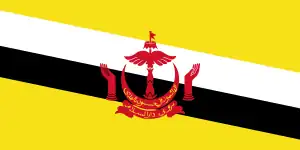 Brunei (from 1984)
Brunei (from 1984) Vietnam (from 1995)
Vietnam (from 1995)
Others
.svg.png.webp) Belarus (1991–1994)
Belarus (1991–1994) Bosnia and Herzegovina
Bosnia and Herzegovina Cyprus
Cyprus.svg.png.webp) Ethiopian Empire (before 1974)
Ethiopian Empire (before 1974) Khmer Republic (1970–1975)
Khmer Republic (1970–1975)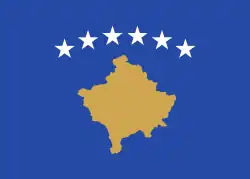 Kosovo
Kosovo.svg.png.webp) Russia (1991–1999)
Russia (1991–1999).svg.png.webp) South Africa
South Africa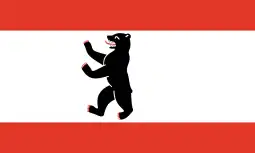 West Berlin
West Berlin.svg.png.webp) Zaire
Zaire
Post-1991 Western-aligned associations
NATO
 Albania (from 2009)
Albania (from 2009).svg.png.webp) Belgium*
Belgium* Bulgaria (from 2004)
Bulgaria (from 2004).svg.png.webp) Canada*
Canada* Croatia (from 2009)
Croatia (from 2009) Czech Republic (from 1999)
Czech Republic (from 1999) Denmark*
Denmark* Estonia (from 2004)
Estonia (from 2004) Finland (from 2023)
Finland (from 2023) France*
France* Germany*
Germany* Greece*
Greece* Hungary (from 1999)
Hungary (from 1999) Iceland*
Iceland* Italy*
Italy* Latvia (from 2004)
Latvia (from 2004) Lithuania (from 2004)
Lithuania (from 2004) Luxembourg*
Luxembourg* Montenegro (from 2017)
Montenegro (from 2017) Netherlands*
Netherlands* North Macedonia (from 2020)
North Macedonia (from 2020) Norway*
Norway* Poland (from 1999)
Poland (from 1999) Portugal*
Portugal* Romania (from 2004)
Romania (from 2004) Slovakia (from 2004)
Slovakia (from 2004) Slovenia (from 2004)
Slovenia (from 2004) Spain*
Spain* Turkey*
Turkey* United Kingdom*
United Kingdom* United States*
United States*
* Indicates pre-1991 member state
Major non-NATO ally (MNNA)
.svg.png.webp) Australia (from 1987)
Australia (from 1987) Egypt (from 1987)
Egypt (from 1987) Israel (from 1987)
Israel (from 1987) Japan (from 1987)
Japan (from 1987) South Korea (from 1987)
South Korea (from 1987) Jordan (from 1996)
Jordan (from 1996) New Zealand (from 1997)
New Zealand (from 1997) Argentina (from 1998)
Argentina (from 1998) Bahrain (from 2002)
Bahrain (from 2002) Philippines (from 2003)
Philippines (from 2003) Thailand (from 2003)
Thailand (from 2003) Republic of China (Taiwan) (de facto) (from 2003)
Republic of China (Taiwan) (de facto) (from 2003) Kuwait (from 2004)
Kuwait (from 2004) Morocco (from 2004)
Morocco (from 2004) Pakistan (from 2004)
Pakistan (from 2004).svg.png.webp) Islamic Republic of Afghanistan (2012–2021)
Islamic Republic of Afghanistan (2012–2021) Tunisia (from 2015)
Tunisia (from 2015) Brazil (from 2019)
Brazil (from 2019) Colombia (from 2022)
Colombia (from 2022) Qatar (from 2022)
Qatar (from 2022)
Middle Eastern Partners
Asia, South East Asian, and Oceania Partners
Inter-American Partners
See also
Sources
- Matloff, Maurice. Makers of Modern Strategy. Ed. Peter Paret. Princeton: Princeton UP, 1971. 702.
- Kissinger, Henry. Diplomacy. New York: Simon & Schuster, 1994. 447,454.
- Lewkowicz, Nicolas. The United States, the Soviet Union and the Geopolitical Implications of the Origins of the Cold War New York and London: Anthem Press, 2018.